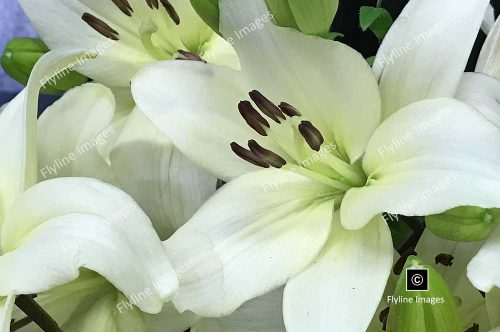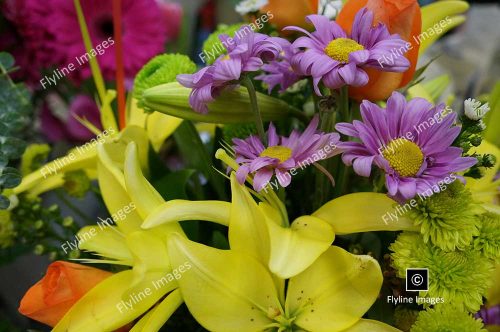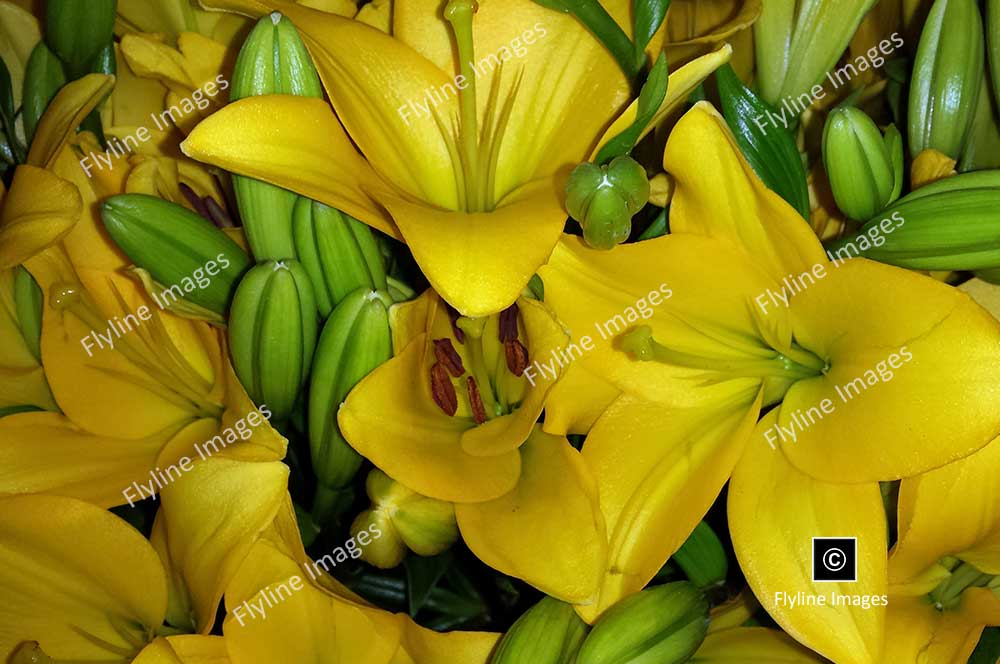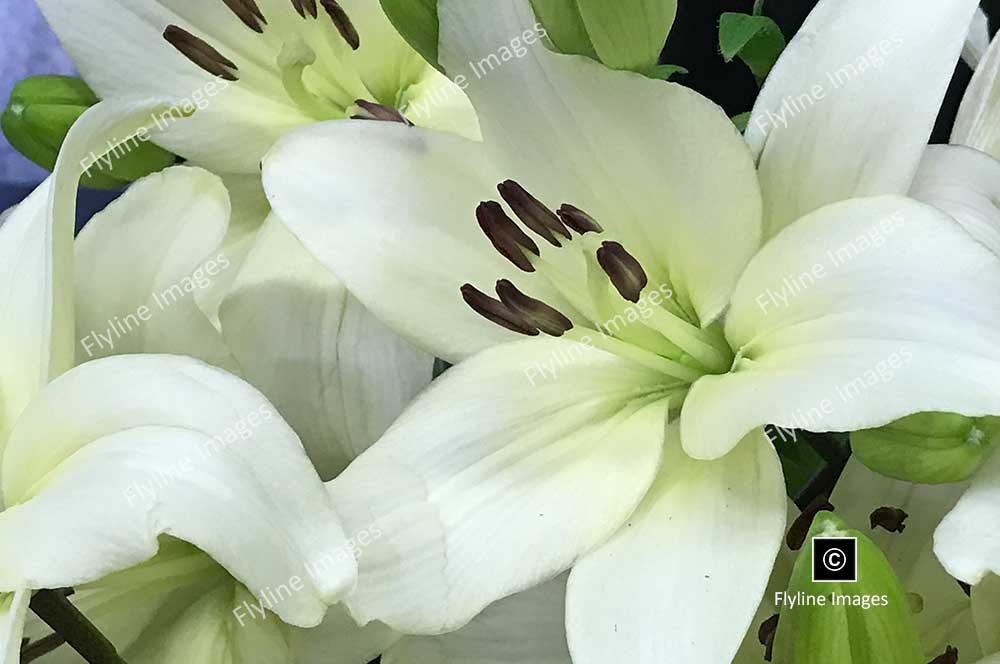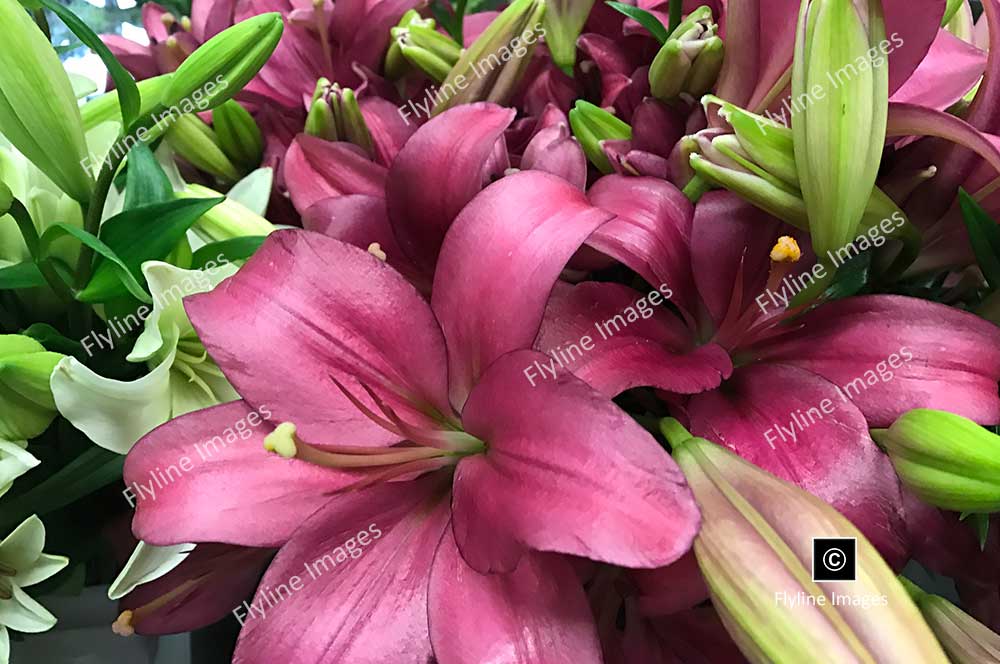Gorgeous Lilies
Large Fragrant Blooms, Perfect For Cut Flower Bouquets, 90 Different Species
Lilies are a diverse and enchanting group of flowering plants that belong to the genus Lilium. Known for their large, often fragrant flowers, lilies are popular both in gardens and as cut flowers. They are found across the Northern Hemisphere and come in a wide range of colors and forms, making them a favorite choice for gardeners and florists alike. There are approximately 90 different species of lilies, categorized into several divisions based on their growth habits and characteristics, such as Asiatic, Oriental, and Trumpet lilies. Each type of lily offers unique beauty and charm, contributing to the plant’s longstanding popularity in horticulture and decorative arrangements.
Portrait Style Images
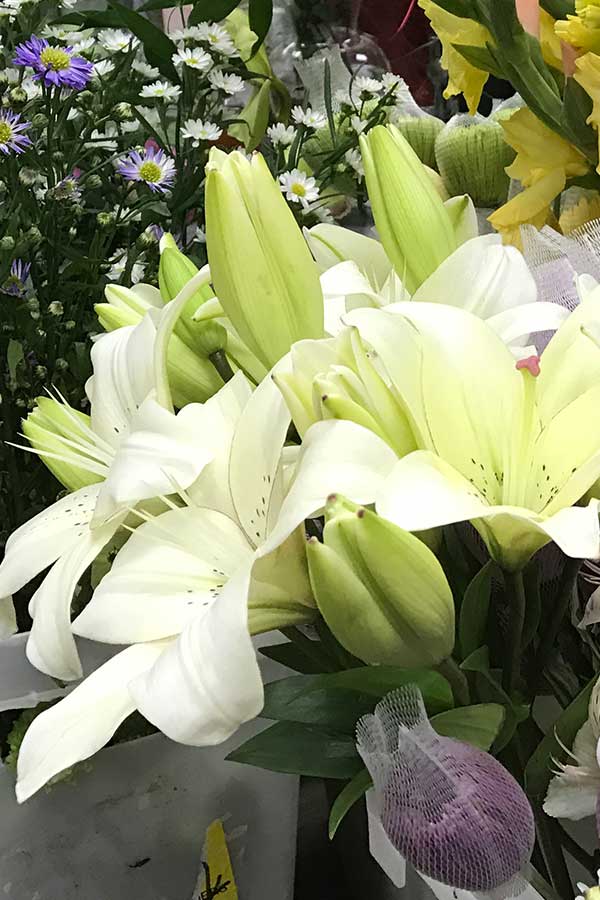 MORE ABOUT LILIES
MORE ABOUT LILIES
Lilies, with their majestic beauty and intoxicating fragrance, are a popular choice for floral bouquets and gardens around the world. Among the plethora of varieties, some of the most admired include the Asiatic Lily, known for its bright, bold colors and lack of fragrance, making it perfect for indoor bouquets where scent sensitivity may be a concern.
The Oriental Lily, on the other hand, is prized for its large blooms and powerful fragrance, adding a touch of elegance and a heady scent to any arrangement.
The Daylily, despite its name, is not a true lily but is often used in gardens and floral designs for its robust nature and a wide range of colors.
Tiger Lilies, with their striking spots and recurved petals, add an exotic allure to arrangements.
Calla Lilies, although not true lilies, are beloved for their sleek, sophisticated shape and variety of colors, from pristine whites to deep purples, making them a popular choice for modern and traditional bouquets alike. The popularity of lilies in bouquets stems from their wide palette of colors, long vase life, and the elegance they add to any floral arrangement, symbolizing purity, commitment, and rebirth.
Lilies have been used in various cultures and traditions for centuries, often symbolizing different meanings and beliefs. In Greek mythology, lilies were associated with the goddess Hera and represented purity and innocence. The ancient Egyptians believed that lilies represented rebirth and fertility, often using them in religious ceremonies.
In modern times, lilies are still highly regarded for their symbolism. In Christianity, the white lily is a symbol of the Virgin Mary and purity. In Chinese culture, the lily represents motherhood and harmony. Different colors of lilies also hold different meanings – for example, pink lilies symbolize prosperity and abundance, while yellow lilies represent gratitude and thankfulness.
Aside from their aesthetic appeal and symbolism, lilies also have practical uses. Many varieties of lilies have medicinal properties and are used in traditional medicine to treat various ailments such as fever, coughs, and skin irritations.
Furthermore, lilies are not only beautiful but also beneficial for the environment. They attract pollinators like bees and butterflies, helping to sustain ecosystems and promote biodiversity.
The allure of lilies goes beyond their stunning appearance. Many cultures throughout history have attached symbolism and meaning to these flowers, often associating them with purity, rebirth, and royalty. In ancient Greek mythology, the lily was believed to have sprung from the milk of Hera, the queen of the gods. In Christianity, lilies are often associated with Mother Mary as a symbol of her innocence and purity. Similarly, in Chinese culture, lilies are seen as a symbol of good luck and prosperity.
Aside from their cultural significance, lilies also hold practical benefits. They are relatively easy to grow and maintain, making them a popular choice for beginner gardeners. Lilies prefer well-drained soil and a good amount of sunlight, but they can also thrive in partly shaded areas. They also have a long blooming season, with some varieties producing flowers from early summer to late fall. Additionally, lilies are known for their strong fragrance, making them highly sought after as cut flowers for perfumes and decorative arrangements.
While lilies may seem delicate and elegant, they are actually quite hardy and resilient plants. They can withstand cold temperatures and are often the first plants to bloom in the spring. However, like many other plants, lilies are susceptible to certain pests and diseases such as aphids and botrytis blight. It is important for gardeners to properly care for their lilies to ensure they stay healthy and beautiful.
Lilies are not just a pretty flower, but a beloved symbol with a rich history and cultural significance. Whether grown in a garden or used in decorative arrangements, these enchanting blooms will continue to captivate people’s hearts for years to come.
So go ahead and plant some lilies in your garden or add them to your next bouquet – you’ll be sure to enjoy their beauty and charm, while also connecting with their timeless allure. Happy gardening! Some possible additional content could include specific tips for growing and caring for lilies, such as proper watering techniques, fertilizer recommendations, or information on how to prevent common pests and diseases.


